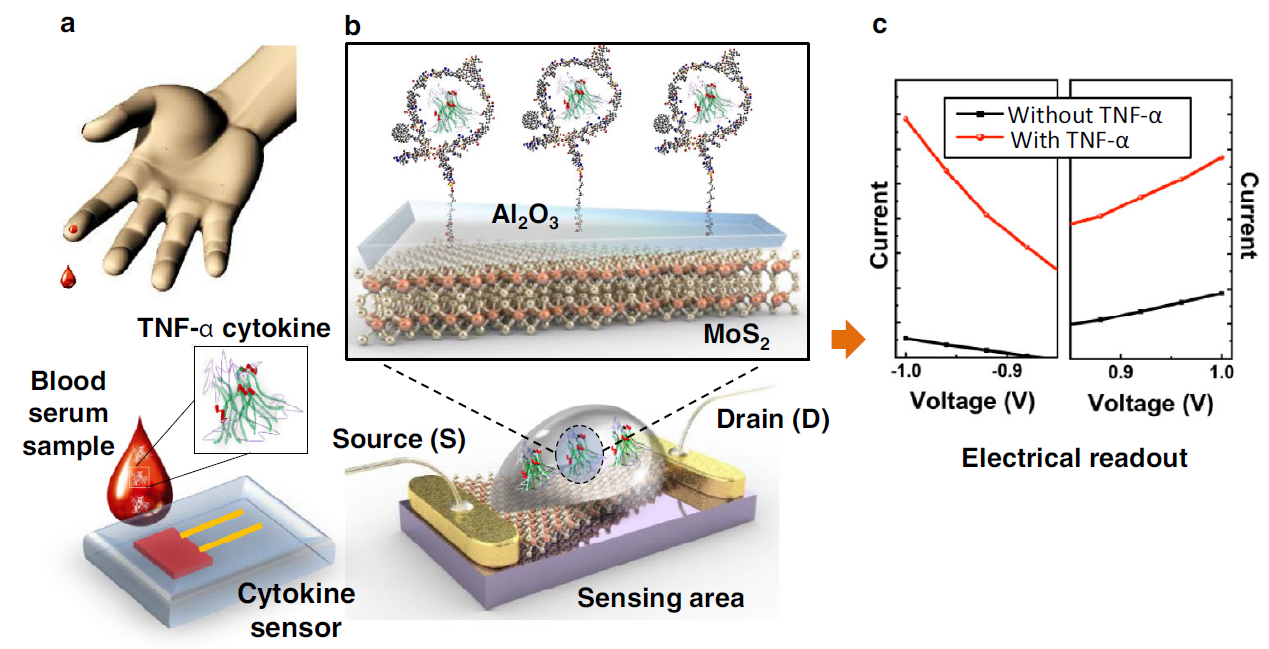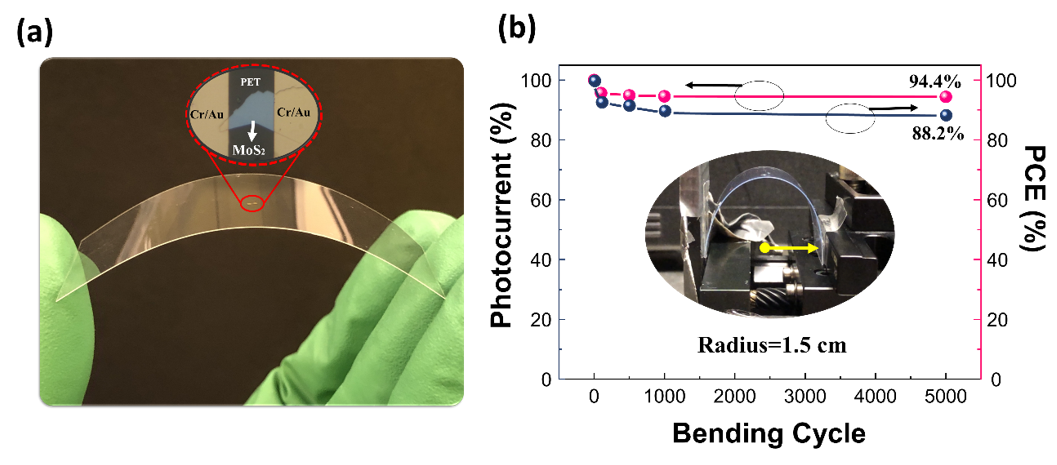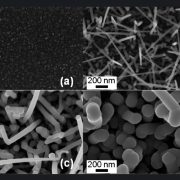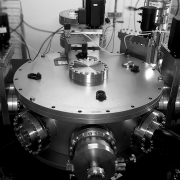Research Topics
2D materials are ultrathin crystalline nanomaterials which have gained considerable interest for sensing and electronic applications. Graphene, a semi-metallic (zero-gap) semiconductor, is the most well studied 2D material. Over the last decade other 2D semiconductors which have sizeable band bandgaps and tuneable band structure, such as such as MoS2, MoSe2, 2D-tellurium, have gained increasing attention. Our focus is developing and fabricating biosensors for fluid biomarker detection, sensors for volatile organic compound/gas detection, and optoelectronic devices.
Biosensors for fluid biomarkers of Alzheimer’s disease
Biomarkers are measurable indicators that help determine if a person may have or be at risk of developing a disease. They can also help monitor or predict the effectiveness of treatments and help identify suitable patients for clinical trials of new treatments. This project leverages the unique properties of ultrathin semiconductors, including high surface-to-volume ratio, band structure tunability using surface effects, and high mobility, to detect fluid biomarker proteins at femtomolar concentrations. The objective of this multi-disciplinary project is to develop an easy-to-use, rapid, and minimally invasive method to detect fluid biomarkers of Alzheimer’s disease and other neurological disorders.
Sensors for the detection of VOCs and industrial gases
VOCs have also been identified as potential biomarkers for a variety of conditions including Alzheimer’s disease, lung cancer, and Parkinson’s disease. In addition, toxic gases such as NO2 and H2S found in the workplace have Threshold Limit Values at parts-to-billion concentrations. Existing detection methods are expensive or are limited to a laboratory setting. The research team is investigating the use of 2D materials for low-cost and portable detection and identification of VOCs and industrial gases.
New Electronic Device Architectures for Sensing and Optoelectronic Applications
The research team is investigating different device architectures such asymmetric geometry, thickness modulated, and liquid-solid heterojunction diodes for next generation sensing and optoelectronic applications.








